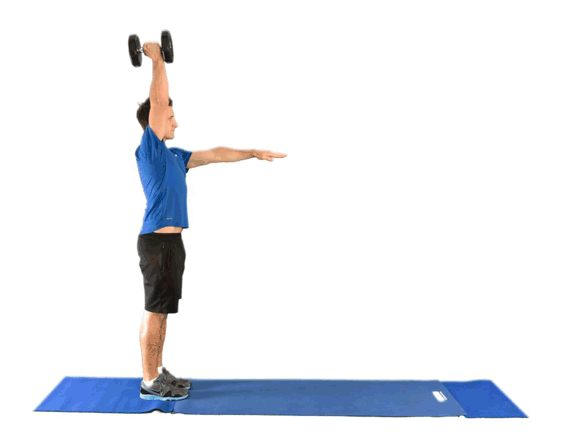Ice hockey is a popular sport at many ages and on many levels. It is currently played in at least 76 countries and is growing. As with all athletic endeavours, injuries are common. Whether you’re playing pick-up at the lake or are a professional athlete, here are some of the common injuries to be aware of, and what you can do to reduce your risk of injury.
Adductor strain
Adductor strains, also known as a pulled groin, are especially common in new skaters, at the start of a season or after a break. In fact, adductor strains are 5x more common in pre-season. The adductor muscle group is especially important for forwards skating and crossovers. Skating requires an eccentric contraction of the adductor muscles. The adductor muscles transfer force from the skate blade to the centre of mass during a stride. Risk factors for adductor strains include a sudden increase in skating volume or training, a previous groin injury and a weak spinal stabilization system (aka core). Injury prevention for adductor strains involves slowly increasing load to meet the demands of skating. Prevention is best started during pre-season, but can be used throughout too. Eccentric skating strides are an example of an exercise used to reduce risk of adductor strains. They involve eccentric strength, neuromuscular control and core control. Perform 3 sets of 10-12/leg.
Eccentric skating strides
Preparation: Stand with good posture, feet shoulder-width apart. Hold onto a counter or object for support. Execution: Lift your leg across your body with your knee straight. Slowly return leg to the starting position.
Medial collateral ligament sprain
Medial collateral ligament (MCL) sprains are the most common knee injury for both new and high-level hockey players. The MCL is the ligament located on the inside of the knee, and runs from the femur (thigh bone) to the tibia (shin bone). One of its main roles is to restrict an inward, or valgus, force to the knee. MCL sprains are most commonly caused by a sudden or violent twist to the knee or direct player-to-player contact. Risk factors include participating in a full-contact league, playing an offensive position, lack of hip external rotation and limited hockey-specific off-season training. Having good neuromuscular control at the knee is an important factor in preventing MCL sprains. Neuromuscular control is the ability of the central nervous system to use the information it receives, such as resistance and speed, to relay appropriate signals to muscles and joints to create dynamic joint stability. Bidirectional single-leg jump overs are a good injury prevention exercise that target lower body strength, balance and neuromuscular control.
Bidirectional single leg jump overs
Execution: Bend at knees and hip, propel yourself forward onto the opposite leg. Jump back cross, landing on the opposite leg.
Shoulder separation
A shoulder separation, or acromioclavicular ligament sprain, occurs when there is stretching or tearing of the ligaments connecting the collar bone and the acromion of the scapula. It is commonly caused by a direct hit to the shoulder, a hit to the boards or falling on the shoulder. Risk factors include participating in a full-contact league, having previous injury to the shoulder, weak shoulder muscles, poor shoulder padding and playing in arenas with traditional board/glass systems. Playing in an arena with a flexible board/glass system reduces injury risk by 30%.Increasing both strength and stability around the shoulder joint can help reduce the risk of shoulder separation. The shoulder is a very mobile joint which means it is also very easily injured. Overhead dumbbell carries are a good exercise that work on both strength and neuromuscular control of the shoulder.
Overhead Dumbbell Carry
Execution: stand with a dumbbell overhead as shown

Whether you’re playing pick-up with friends or competing in a league, we can help create an injury prevention plan to keep you off the sidelines and on the ice. Contact me today for an injury risk assessment and prevention plan.
Crystal Bartkowski
Certified Athletic Therapist


